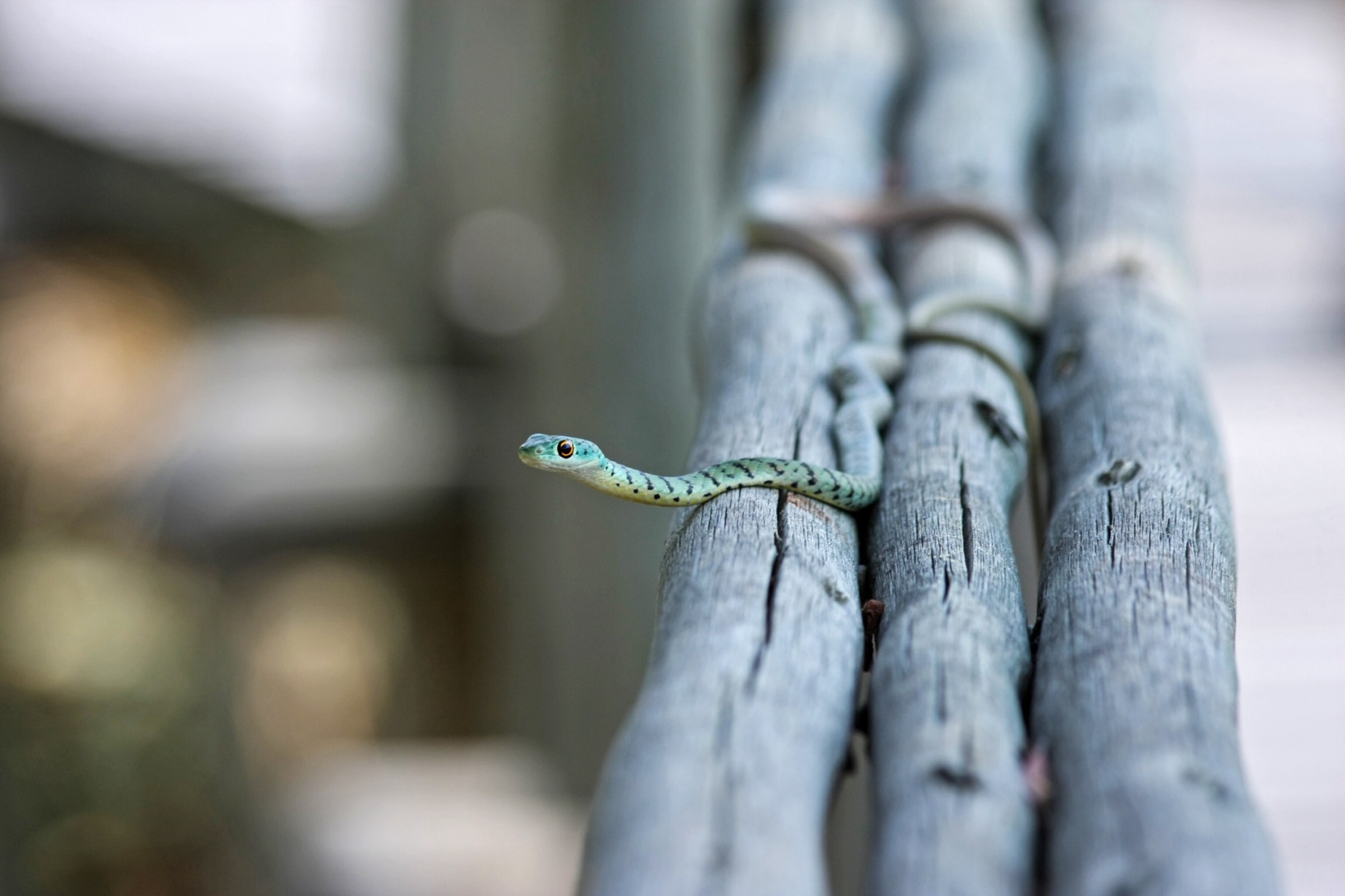
There’s nothing scarier than snakes. But there’s nothing more helpful than them either.
You can find venomous snakes throughout the country. Yet they cause only five deaths per year. Of the people who get bitten, most experience no significant complications.
Venomous snakes are only one part of the snake family. There are many nonvenomous snakes, and you can use them to maintain your lawn.
What are some of the most common species? What pests do they feed on? How can you keep them as pets?
Answer these questions and you can rid yourself of unwanted mice and insects. Here is your quick guide.
1. Common Garter Snake
Garter snakes are among the most common small nonvenomous snakes. They live throughout North America, but they are most often found in the eastern United States.
Garter snakes are active throughout the day. They live in shrubs and vines, and some species can travel up trees.
These are places where many pests live, and garter snakes feed off of them. In particular, they target frogs and earthworms.
Many people ask themselves, “How do I get rid of hobo spiders?” Hobo spiders live throughout North America, mainly in barren fields. But they can enter into homes and bite people, which can cause significant pain.
You can get rid of spiders through a pest control company. But you can also let garter snakes take care of them. Let a snake into your lawn and allow it to feed in the dirt and amongst large plants.
Some species of garter snakes do produce a mild toxin. All species can bite, which can be painful. Give them plenty of room and water and don’t make sudden movements around them.
2. Eastern Gopher Snake
Gopher snakes are common in rural areas. They like to live in forests and fields, but they can live inside greenhouses and barns.
They like very similar to rattlesnakes, which are toxic. Gopher snakes do not have the white bands around the tail that rattlesnakes do. Look at the tail carefully while keeping your distance.
Many farmers keep gopher snakes as pets. They feed off of rodents, birds, and bats that can damage crops and soil. If you plan on keeping one as a pet, give it plenty of water and space.
Gopher snakes feed by constricting their prey. They do not produce toxins or bite people on a regular basis.
You should provide plenty of space for the snakes and avoid approaching them while they sunbathe. They may become agitated and strike if you bother them.
3. Eastern Yellow-Bellied Racer
Eastern yellow-bellied racers are common to the Midwest. They are long snakes with narrow bodies, which can lead people to believe they are cottonmouths. As the name suggests, yellow-bellied racers have yellow bellies, which cottonmouths do not have.
Racers feed off of a number of pests. They can eat rodents, frogs, and lizards. Young racers eat soft insects and smaller snakes.
It is very difficult to capture a racer. They move quickly when they spot a predator, and they attack when they are confined. Though they do not produce venom, their nonvenomous snake bite can be painful.
Racers are not ideal as pets. You can capture mice and insects and feed them to racers. But let them live out in your lawn.
4. Hognose Snake
You can find hognose snakes throughout the eastern United States. They are long and thick-bodied snakes with dark colors. They like to live in woodlands and near coastal areas.
Hognose snakes can feed on a variety of pests. They like toads in particular, and they are immune to the toxins found in them. This makes them ideal for homes located near a body of water.
When predators confront the snake, it rolls around and pretends to strike. But it only strikes on rare occasions.
You can keep them as pets, though you should give them a varied diet. They like to eat multiple foods, so have plenty of insects on hand. Try to avoid giving them too many rodents, which can damage their livers.
5. Kingsnake
Kingsnakes are found throughout North America. They vary in color, shape, and size. Before bringing one into your house, you should bring it to a snake expert to make sure it is nonvenomous.
Kingsnakes are called “kings” because they feed on other snakes. They are resistant to the venom found in rattlesnakes. Though their bodies are thin, they are strong constrictors and can kill rattlesnakes in a few minutes.
They like to live in rural areas, but you can find them in suburbs. You can keep them as pets, but it can be difficult to contain them. Get a secure cage with high walls and a latched top.
Give them space to hunt for their prey. Birds can feed on them, so try to avoid placing them in open-air areas. Rattlesnakes like to live in grasslands and areas with brush, so release your kingsnakes there.
How You Can Use Nonvenomous Snakes
You may think about how to get rid of snakes in your yard. You should think about how to use nonvenomous snakes to your advantage.
Garter snakes are easy to maintain and they feed off spiders and frogs. Gopher snakes are great for barns, as they eat rodents and bats. Yellow-bellied racers eat many pests, though they are hard to care for.
Hognose snakes are ideal for homes near water. Kingsnakes eat rattlesnakes, making them perfect for areas with brush plants.
Don’t rush to judgment on snakes or anything else. Follow our coverage for more lifestyle guides.
Leave a Reply